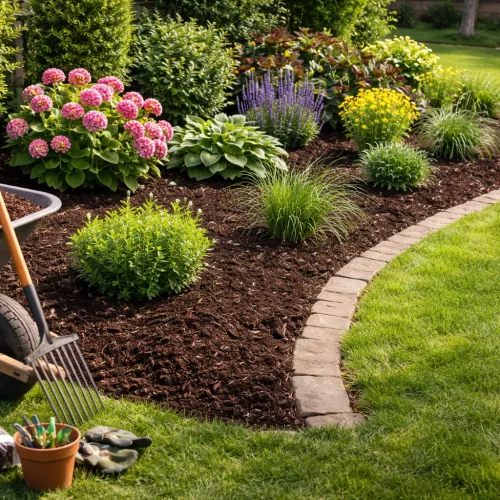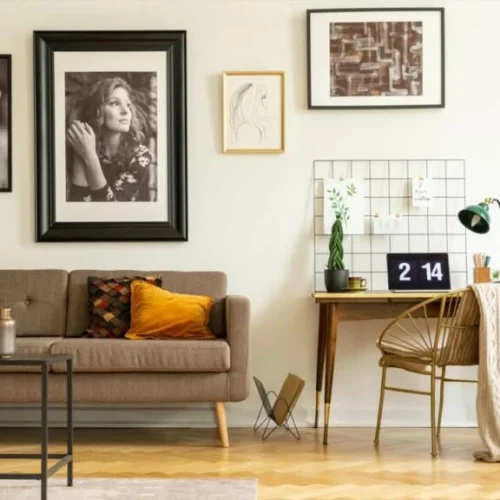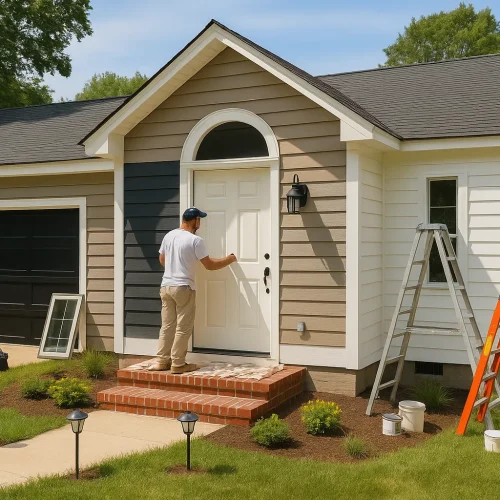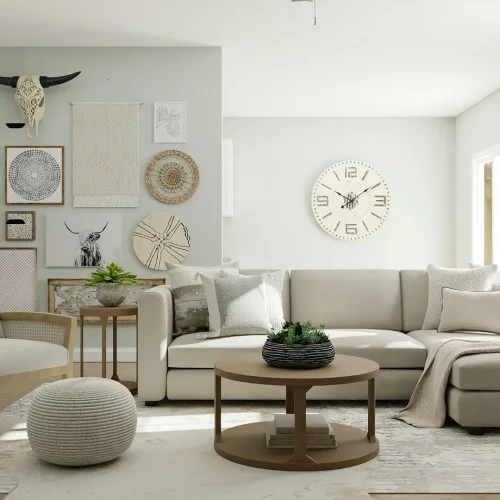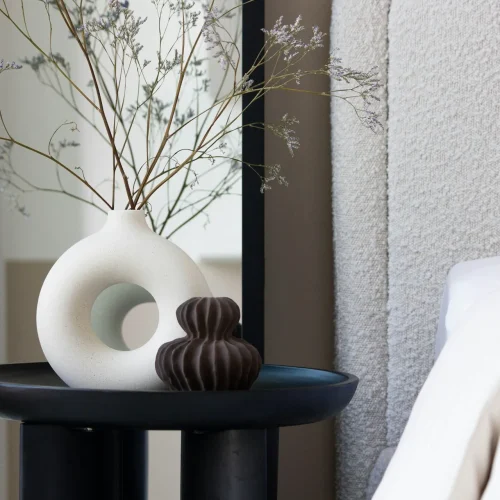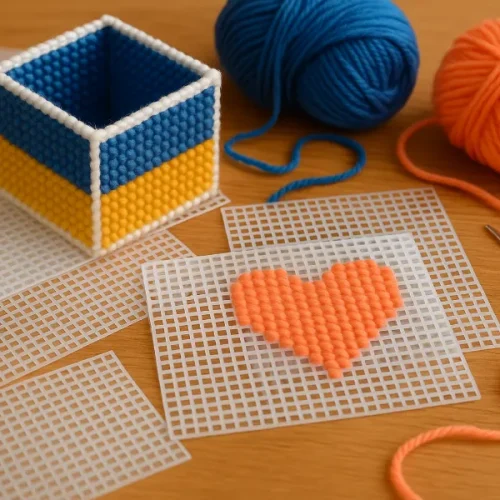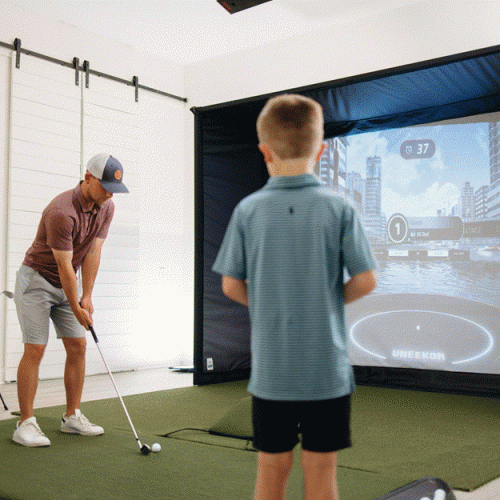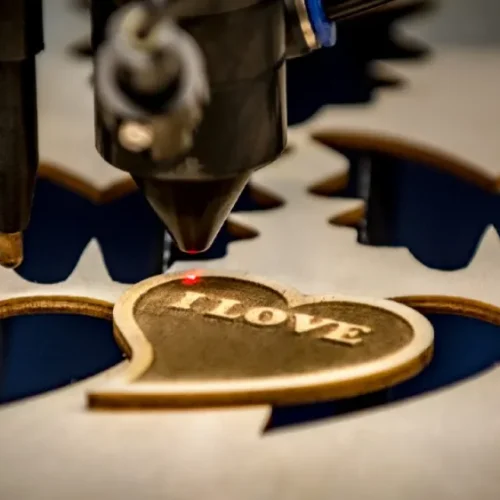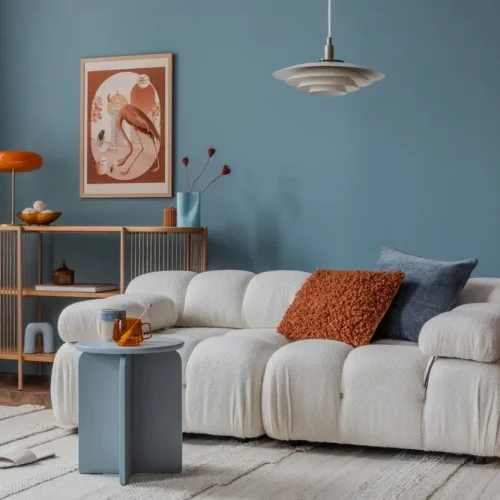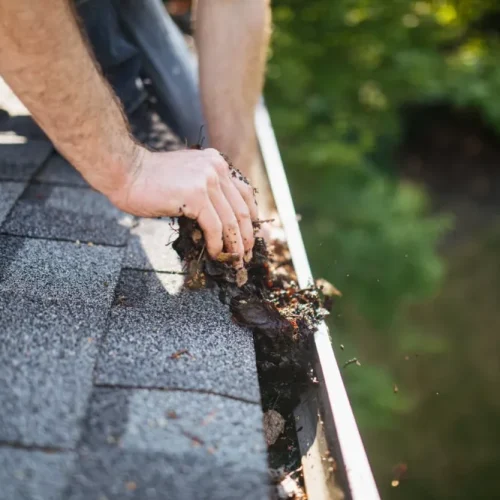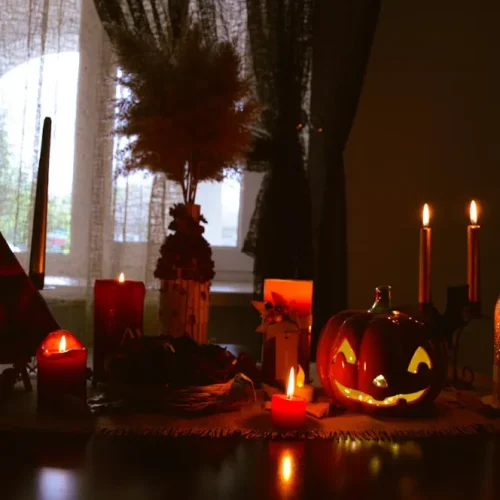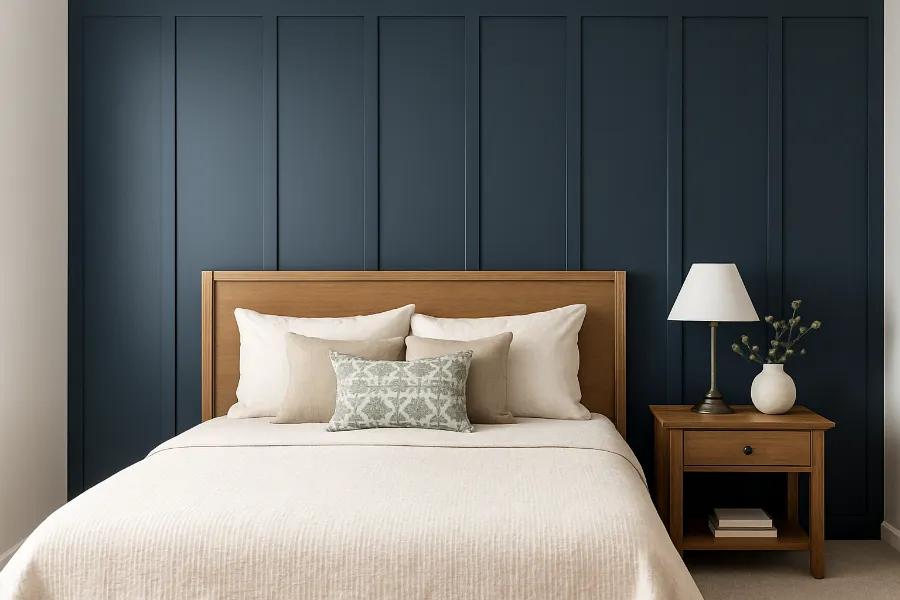
A board and batten accent wall can instantly transform a room from plain to polished. This simple yet impactful wall treatment has been around for centuries, but it’s seeing a huge resurgence in modern homes today. Whether you’re aiming for a classic farmhouse vibe, a sleek modern look, or something in between, board and batten is versatile enough to fit the bill. I’ve installed one myself, and I can tell you—it’s the kind of DIY project that pays you back every single day you walk into the room. Let’s break down everything you need to know before you grab your level and nail gun.
What is a board and batten wall?
At its core, a board and batten wall is a combination of wide boards or panels (the “boards”) with thinner strips of wood (the “battens”) covering the seams. Traditionally, it was used as exterior siding for barns and farmhouses because it provided durability and weather protection. Today, the same principle is applied indoors for a clean, structured look.
What makes a board and batten accent wall so special is its ability to add dimension without overwhelming the space. Unlike wallpaper or bold paint, it has texture and depth. You can paint it a crisp white for a cottage feel or go bold with navy, green, or black for dramatic flair.
Here’s a simple breakdown:
| Element | Description |
|---|---|
| Boards | Large, flat panels that serve as the base |
| Battens | Thin vertical strips applied over seams |
| Finish | Paint, stain, or natural wood, depending on your style |
That’s it—straightforward, yet powerful in design.
What rooms can you do batten walls in?
The beauty of a board and batten accent wall is that it works virtually anywhere. Bedrooms, dining rooms, entryways, and even bathrooms can benefit from the added texture and architectural interest. Here are a few ideas:
- Bedroom: Use it behind the bed as a bold, custom headboard alternative.
- Dining room: A half-wall board and batten adds elegance without making the space too formal.
- Entryway: A full wall instantly sets the tone for the rest of your home.
- Bathroom: Painted in a moody hue, it can make a small space feel intentional and cozy.
- Living room: Frame a fireplace with it for a custom built-in look.
Pro tip: If you’re experimenting for the first time, try a single wall instead of an entire room. It keeps the project manageable while still creating an impact.
What is the difference between wainscoting and board and batten walls?
This question comes up a lot. While both treatments add character, they’re not the same:
- Wainscoting: Traditionally, wainscoting refers to decorative paneling that covers the lower portion of a wall. It often includes beveled panels, molding, and a chair rail. It leans more formal and traditional.
- Board and batten: This style uses vertical battens spaced evenly across the wall, either from floor to ceiling or halfway up. It feels cleaner, more versatile, and less ornate.
If wainscoting is the equivalent of a tuxedo, then board and batten is the tailored suit—it still looks sharp, but it’s easier to dress up or down depending on your style.
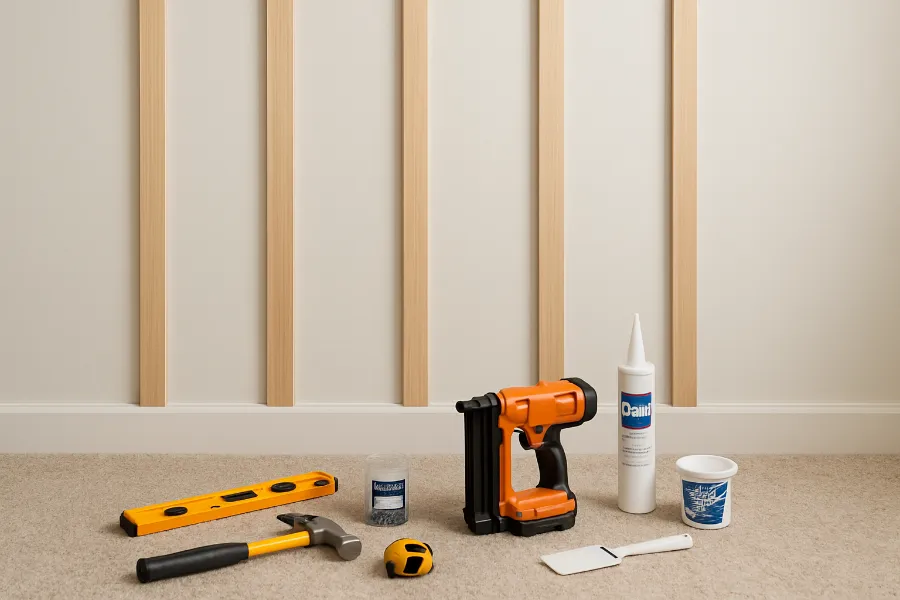
Is board and batten walls just a trend?
Not at all. While Instagram and Pinterest might make it seem like a “right now” fad, board and batten has been used for centuries. Its revival is part of a larger movement toward adding craftsmanship and detail back into homes, especially new builds that sometimes lack character.
Trends fade, but timeless design elements like board and batten accent walls stick around because they enhance, rather than distract. The clean lines suit modern minimalism, while the texture works in rustic and traditional homes. So, if you’re worried about it feeling dated in a few years—don’t be. The key is to keep it true to your home’s architecture and your personal taste.
Does board and batten make a room look smaller or larger?
Good news: done right, it can actually make a room feel larger. Vertical battens naturally draw the eye upward, creating the illusion of height. In smaller rooms, painting the board and batten wall in a lighter shade can expand the space visually. In larger rooms, using bold, darker colors can anchor the space and add coziness.
The trick lies in proportion:
- Taller walls: Space battens closer together to emphasize verticality.
- Smaller rooms: Go with a half-wall installation to avoid overwhelming the space.
- Open-concept layouts: Use a bold board and batten accent wall to define zones without physical barriers.
What kind of wood should I use for board and batten?
The material you choose depends on your budget and desired finish. Here are common options:
- MDF (Medium-Density Fiberboard): Smooth, easy to paint, and budget-friendly. Perfect for interior projects where moisture isn’t a concern.
- Pine or Poplar: Affordable solid wood options that can be painted or stained.
- Hardwoods (like oak): More expensive, but durable and ideal if you want a natural wood finish.
- PVC or Composite: Great for bathrooms or laundry rooms where moisture is an issue.
Pro tip: Don’t skimp on prep. Make sure the wall is smooth, sanded, and primed before attaching boards and battens. A clean base ensures a professional-looking finish.
How can I do a board and batten wall on a budget?
Here’s where DIY really shines. A board and batten accent wall can look high-end without breaking the bank. Here are budget-friendly strategies:
- Skip the backer boards: Instead of covering the entire wall with panels, paint the wall and only add battens. It cuts costs dramatically.
- Use common lumber: 1x2s and 1x3s from your local hardware store work beautifully. Just sand them down well.
- Plan your spacing: Sketch it out before buying wood so you know exactly how many battens you’ll need.
- Do the painting yourself: Labor costs often exceed material costs. Painting is where you can save big.
- Look for miscut wood: Many stores sell discounted wood with slight imperfections that work fine for painted projects.
Here’s a sample cost breakdown for a 12-foot wall:

| Item | Estimated Cost |
|---|---|
| 10 pine 1x3s | $40 |
| Paint + primer | $30 |
| Nails + wood filler | $15 |
| Tools (if you don’t already have them) | $50–$150 |
| Total DIY cost | ~$85–$250 |
Compare that to hiring a contractor, which could easily run $1,000 or more for a single wall.
Final Thoughts
A board and batten accent wall is more than a design choice—it’s a way to give your home character and personality. It’s customizable, budget-friendly, and timeless. Whether you’re tackling one in a weekend DIY project or hiring it out for a whole room, the results are always striking.
If you’re craving a home upgrade that’s equal parts functional and beautiful, board and batten should be at the top of your list. Grab your tape measure, plan your layout, and watch your walls come alive!


